Understanding how to subdivide land in the US is essential for anyone interested in real estate development. This article will guide readers through the land subdivision process, detailing the key steps involved, the importance of local regulations, and the legal requirements necessary for successful subdivision. Emphasizing the role of zoning and the costs involved, it will also highlight the significance of land surveying and offer practical tips for investors. By the end, readers will be equipped with the knowledge needed to navigate the complex world of land subdivision while minimizing environmental impacts and maximizing profit.
- Check local zoning laws.
- Create a land plan.
- Obtain all required permits.
- Hire a surveyor.
- Sell or develop the new lots.
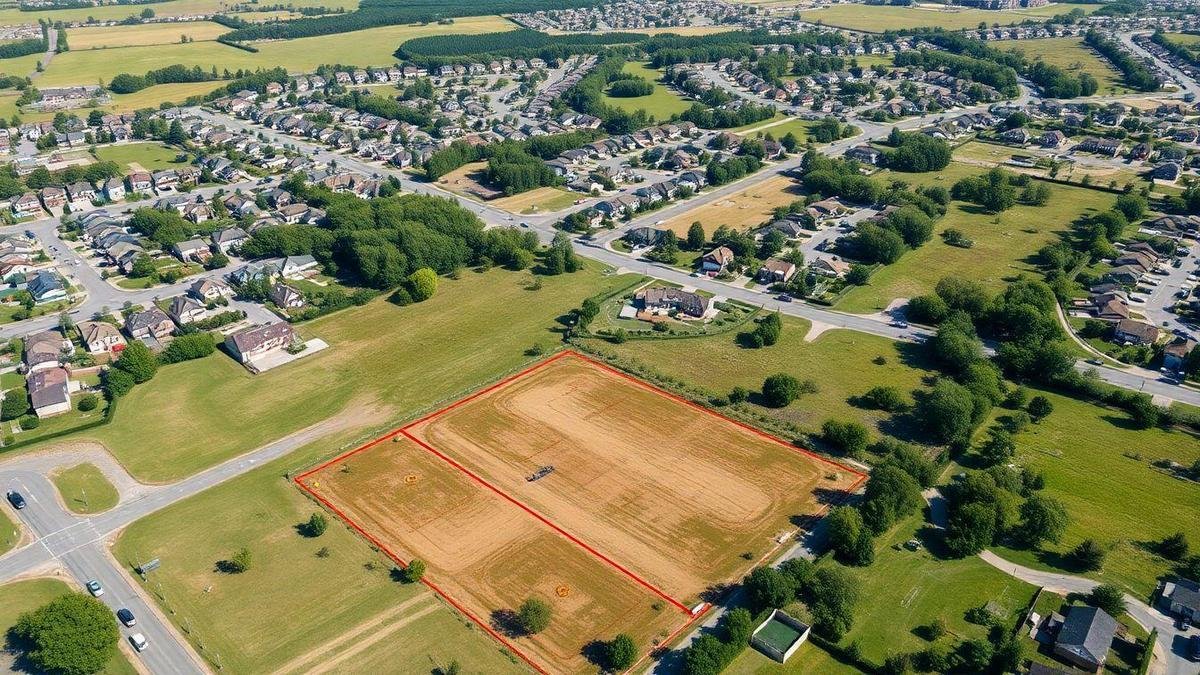
Understanding the Land Subdivision Process in the US
Key Steps in the Land Subdivision Process
When investors consider how to subdivide land in the US, they must follow a series of critical steps. These steps help to break down larger parcels into smaller, more manageable lots. Here are the main steps involved:
- Initial Planning: Assess the land’s potential, considering factors like location, zoning, and market demand.
- Consult with Professionals: Engage land planners, surveyors, and real estate agents for valuable insights and to navigate the complexities of the process.
- Create a Subdivision Plan: Outline how the land will be divided, including details on lot sizes, road access, and utility placements.
- Submit for Approval: Once the plan is ready, submit it to local authorities for approval, which often involves public hearings and revisions based on feedback.
- Finalize the Subdivision: After receiving approval, record the subdivision with the local government to make the new lots official.
Importance of Researching Local Regulations
Researching local regulations is crucial for anyone looking to subdivide land. Each municipality has its own rules that dictate what is permissible. Understanding these regulations can save time and money. Here’s why they matter:
- Zoning Laws: Determine how land can be used. Investors must know if the land is zoned for residential, commercial, or agricultural use.
- Environmental Regulations: Some areas have strict rules to protect the environment. Knowing these can avoid costly fines or project delays.
- Infrastructure Requirements: Local governments may require specific infrastructure, such as roads or drainage systems, to be in place before approving a subdivision.
Navigating the Land Subdivision Process
Navigating the land subdivision process can feel like walking through a maze. However, with the right approach, it can be manageable. Here are some tips:
- Stay Organized: Keeping all documents and plans in order can prevent confusion. A checklist can help track progress.
- Communicate with Authorities: Open communication with local officials can clarify requirements and expedite the approval process.
- Be Prepared for Changes: Sometimes, plans need adjustments based on feedback. Flexibility can lead to a smoother experience.
| Step | Description |
|---|---|
| Initial Planning | Assess land potential and market demand. |
| Consult Professionals | Engage experts for insights and guidance. |
| Create Subdivision Plan | Outline lot sizes and infrastructure needs. |
| Submit for Approval | Present plans to local authorities for feedback. |
| Finalize Subdivision | Record the new lots with the local government. |
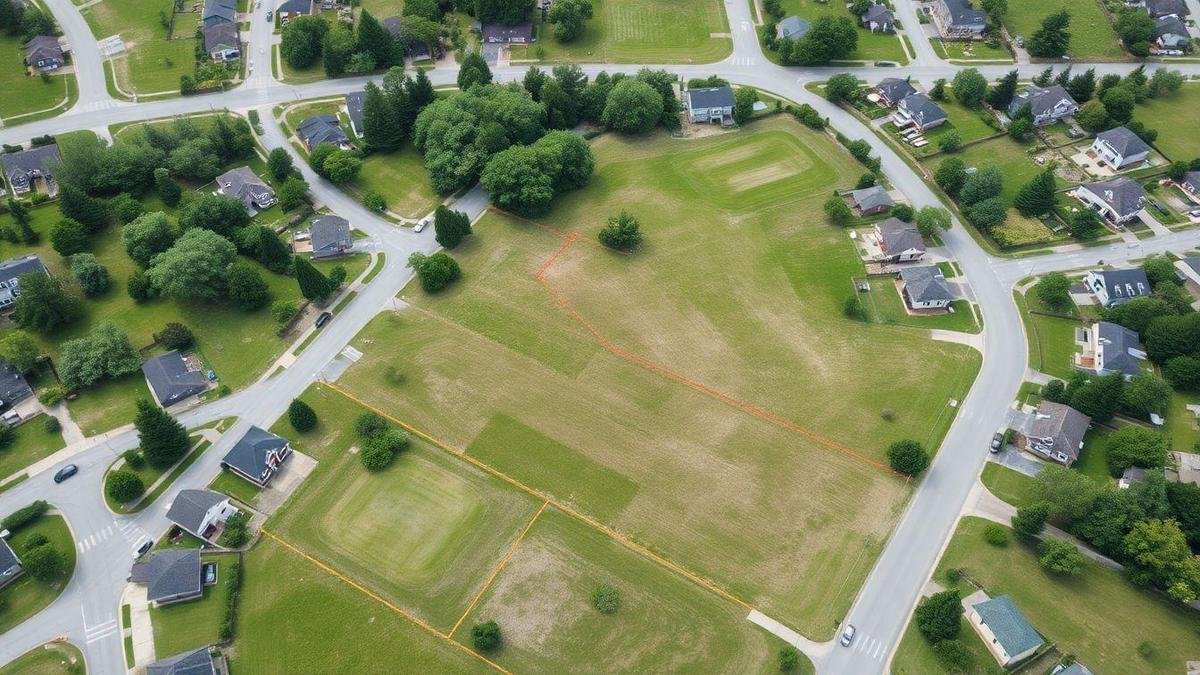
Legal Requirements for Subdividing Property
How to Divide Land Legally
Dividing land is not just about drawing lines on a map. It involves a series of legal steps that must be followed to avoid complications down the line. First, one must research local laws and zoning regulations. Each state or municipality has its own rules regarding land subdivision, making understanding these laws crucial for anyone looking to divide property.
Next, the property owner should consult with a land surveyor. This professional can provide a detailed map of the property, showing the boundaries and any existing structures. A survey is often required when submitting plans for subdivision.
Common Property Subdivision Requirements
When it comes to subdividing property, several common requirements must be met. These typically include:
- Application Submission: A formal application must be filed with the local government.
- Public Notice: Some jurisdictions require public notice of the proposed subdivision.
- Environmental Assessments: Depending on the location, an environmental impact study may be necessary.
- Infrastructure Plans: Plans for utilities and road access must be included.
These steps are designed to protect the interests of the community and the environment.
| Requirement | Description |
|---|---|
| Application Submission | File with local government |
| Public Notice | Notify community of proposed changes |
| Environmental Assessments | Study the impact on local ecology |
| Infrastructure Plans | Ensure access to utilities and roads |
Understanding Legal Documentation Needed
Legal documentation is the backbone of any subdivision process. Here are some key documents typically required:
- Deed: Proves ownership of the property.
- Subdivision Plat: A detailed map showing the new lot lines.
- Zoning Approval: Confirmation that the subdivision meets local zoning laws.
- Environmental Impact Statement: Required if the subdivision affects local ecosystems.
Getting these documents in order is essential. They not only facilitate the subdivision process but also protect the rights of the property owner.
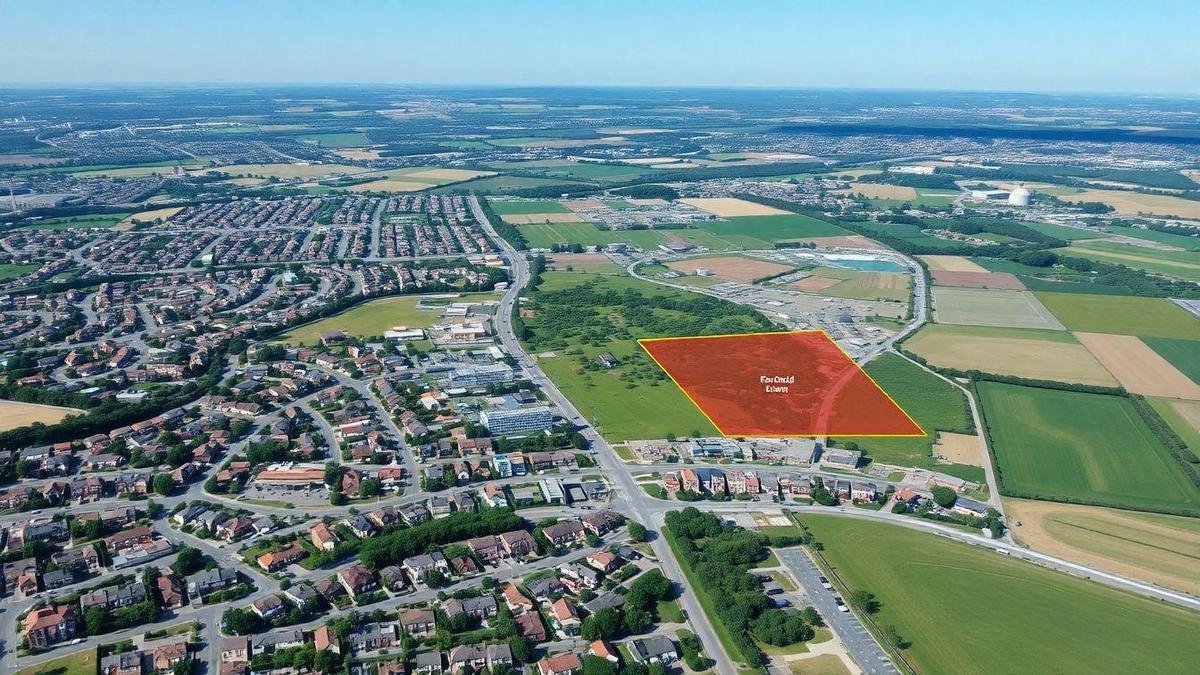
The Role of Land Zoning Regulations
Land zoning regulations play a critical role in shaping the landscape of real estate development. They dictate how land can be used, impacting everything from residential neighborhoods to commercial hubs. Understanding these regulations is essential for investors aiming to make informed decisions about land subdivision.
How Zoning Affects Land Subdivision
Zoning laws directly influence how land can be subdivided. These regulations determine the density of development, the types of structures that can be built, and the overall design of a community. For instance, if a piece of land is zoned for residential use, it may not be possible to build a shopping center on it. This can limit an investor’s options and affect the value of the property.
In many cases, zoning can be a double-edged sword. On one hand, it can protect neighborhoods from overdevelopment, maintaining their character. On the other hand, it can hinder growth and development opportunities. Investors must navigate these regulations carefully to maximize their returns.
Types of Zoning Regulations in the US
Zoning regulations in the U.S. can be categorized into several types:
| Type of Zoning | Description |
|---|---|
| Residential | Areas designated for housing, including single-family homes and apartments. |
| Commercial | Zones for businesses, such as retail shops and offices. |
| Industrial | Areas meant for manufacturing and warehouses. |
| Agricultural | Land used for farming and livestock. |
| Mixed-Use | Combines residential and commercial spaces. |
Each type of zoning has its own set of rules and regulations. Investors must be aware of these differences to make strategic decisions.
Complying with Zoning Laws for Subdivision
Complying with zoning laws is crucial for any subdivision project. Investors should take the following steps:
- Research Local Zoning Codes: Understand the specific zoning regulations in the area where the land is located.
- Consult with Local Authorities: Engage with city planners or zoning boards to clarify any questions about regulations.
- Submit Plans for Approval: Prepare and submit subdivision plans for local government approval, ensuring they align with zoning laws.
- Monitor Changes: Stay updated on any changes to zoning laws that may affect future projects.
By adhering to these steps, investors can avoid costly mistakes and streamline their development processes.
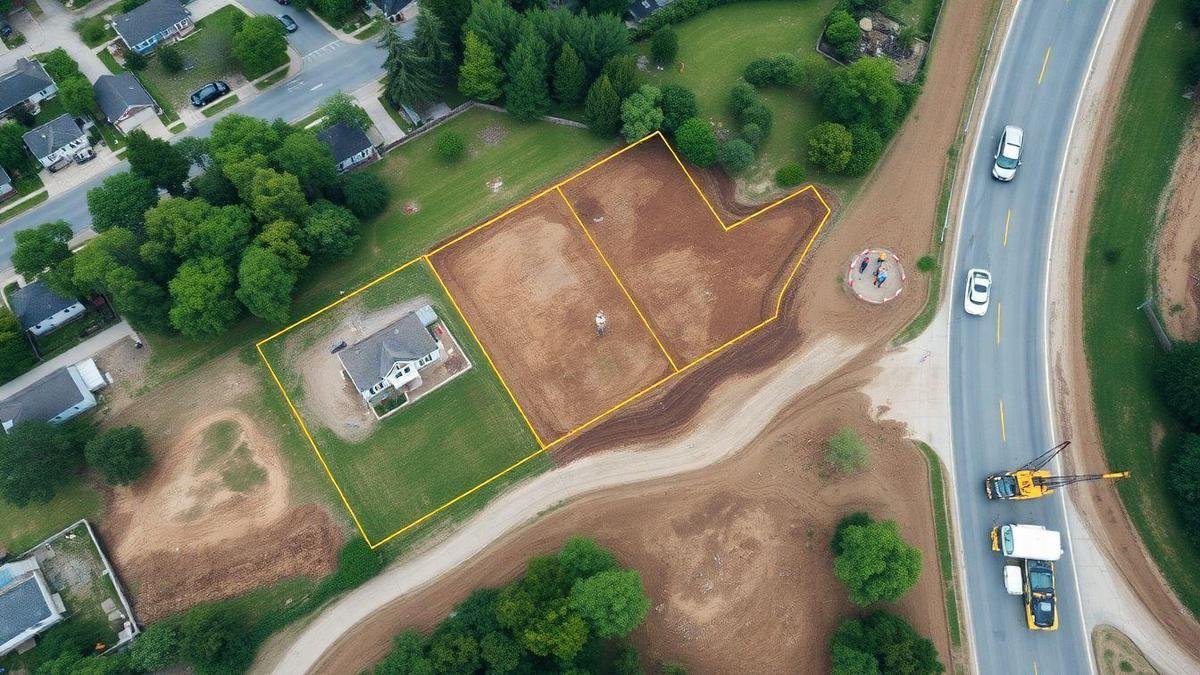
Costs Involved in Land Subdivision
Breakdown of Land Subdivision Costs
When investors consider how to subdivide land in the US, understanding the costs involved is crucial. Each step in the subdivision process comes with its own expenses. Here is a breakdown of the primary costs:
| Cost Category | Description | Estimated Cost |
|---|---|---|
| Surveying | Professional land survey to define boundaries | $1,000 – $5,000 |
| Permits and Fees | Local government fees for subdivision approval | $500 – $2,500 |
| Infrastructure | Costs for roads, utilities, and drainage systems | $10,000 – $50,000 |
| Legal Fees | Attorney fees for property and zoning law | $1,000 – $3,000 |
| Marketing | Advertising the subdivided lots | $500 – $2,000 |
| Land Preparation | Clearing and grading the land | $2,000 – $10,000 |
These figures can vary based on location and the size of the land. Each item on this list plays a vital role in the overall success of the subdivision.
Budgeting for Unexpected Expenses
Even with a solid plan, unexpected costs can arise during the land subdivision process. Investors should always set aside a contingency fund. This fund can cover unforeseen expenses, such as:
- Environmental assessments if the land has contamination issues.
- Additional legal fees if zoning changes are required.
- Unexpected delays that may incur extra costs.
A good rule of thumb is to allocate 10-20% of the total budget for these surprises. This way, investors can navigate the process with greater ease and confidence.
Financial Planning for Subdividing Land
Smart financial planning is essential for anyone looking to subdivide land. Investors should consider the following steps:
- Create a Detailed Budget: Include all known costs and a contingency fund.
- Research Financing Options: Look into loans or partnerships that can support the subdivision project.
- Monitor Expenses Regularly: Keep track of spending to stay within budget.
- Consult Experts: Engaging with land planners or financial advisors can provide valuable insights and guidance.
By taking these steps, investors can approach the subdivision process with a clear financial strategy, minimizing risks and maximizing returns.
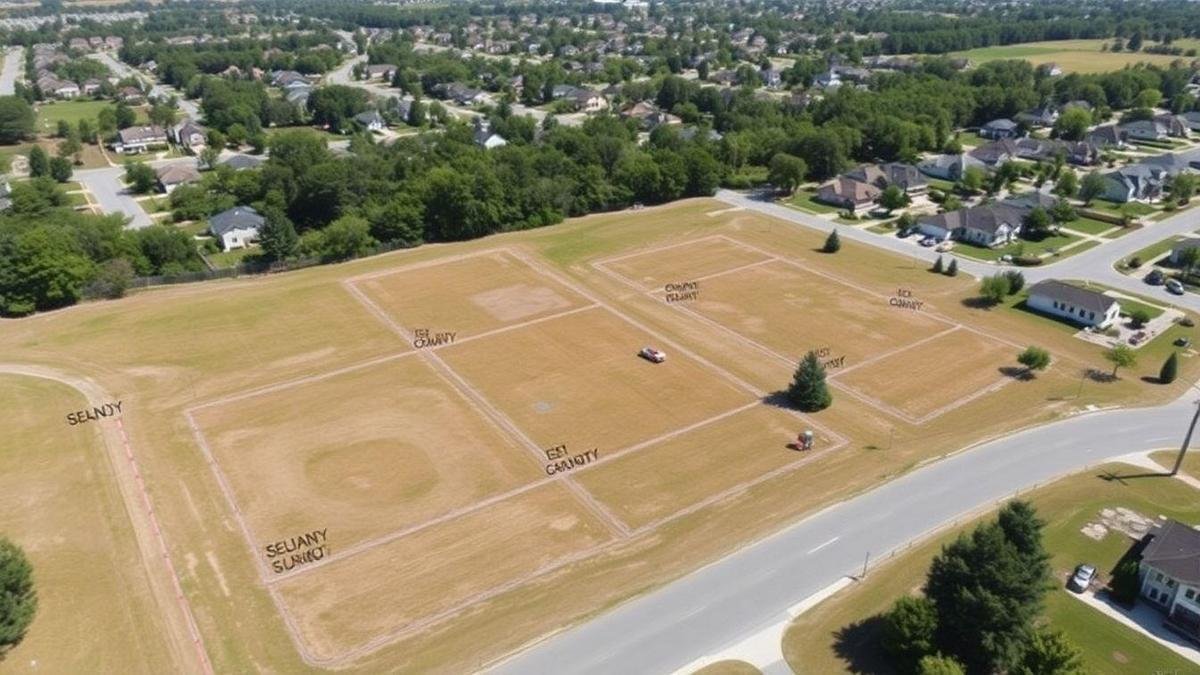
Importance of Land Surveying for Subdivision
What is Land Surveying?
Land surveying is the process of measuring and mapping land. It involves determining the boundaries of a property, the topography, and any features on the land. Surveyors use tools like GPS and total stations to gather accurate data. This data helps in making decisions about land use and development. For anyone looking to subdivide land, understanding this process is crucial.
Benefits of Professional Land Surveying
Professional land surveying offers several key advantages:
- Accuracy: A trained surveyor provides precise measurements, minimizing disputes over property lines.
- Legal Compliance: Surveyors ensure that subdivisions meet local laws and regulations.
- Planning: They help in designing the layout of lots, roads, and utilities.
- Increased Value: Proper surveying can enhance the value of the property by maximizing its potential use.
| Benefit | Description |
|---|---|
| Accuracy | Reduces boundary disputes |
| Legal Compliance | Meets zoning and building regulations |
| Planning | Aids in efficient land use |
| Increased Value | Optimizes property for better market potential |
Choosing the Right Surveyor for Your Project
Selecting the right surveyor can make or break a subdivision project. Here are some tips:
- Experience: Look for surveyors with a strong background in land subdivision.
- References: Ask for recommendations from previous clients.
- Certifications: Ensure they have the necessary licenses and certifications.
- Communication: A good surveyor should explain the process clearly and answer questions.
By following these guidelines, one can find a surveyor who will provide valuable insights and support throughout the subdivision process.

Real Estate Subdivision Tips for Investors
Strategies for Successful Land Subdivision
Investors looking to subdivide land must adopt effective strategies that lead to success. Here are some key approaches:
- Research Local Regulations: Understanding zoning laws and local regulations is crucial. They dictate how land can be divided and what can be built.
- Conduct Market Analysis: Knowing the demand in the area can help investors decide the best type of subdivision. Look for trends in housing and commercial spaces.
- Plan for Infrastructure: Proper roads, utilities, and drainage systems are essential. Investors should plan these before starting the subdivision process.
- Engage Professionals: Hiring surveyors, architects, and real estate agents can streamline the process. Their expertise can save time and money.
Common Mistakes to Avoid When Subdividing
Investors must be aware of common pitfalls that can derail their projects. Here are some mistakes to avoid:
- Ignoring Local Laws: Not following zoning regulations can lead to costly fines and delays.
- Underestimating Costs: Failing to account for all expenses, such as permits and infrastructure, can strain budgets.
- Neglecting Community Input: Engaging with the community can prevent pushback and foster goodwill.
- Rushing the Process: Taking time to plan and execute can lead to better outcomes. Haste often results in mistakes.
Maximizing Profit through Smart Subdivision
To maximize profit, investors should focus on strategic planning and execution. Here’s how:
| Strategy | Description |
|---|---|
| Target Market Identification | Identify who will buy the subdivided lots. Tailor offerings to their needs. |
| Value-Added Improvements | Consider adding features like parks or walking trails to increase appeal. |
| Flexible Pricing Models | Offer various pricing options to attract different buyers. |
| Marketing Effectively | Use online platforms and local advertising to reach potential buyers. |
By implementing these strategies, investors can significantly enhance their profitability in the subdivision process.

Environmental Considerations in Land Subdivision
Impact of Subdivision on Local Ecosystems
When subdividing land, the effects on local ecosystems can be significant. Each plot of land is part of a larger environment, and changes can disrupt habitats. For example, when trees are cut down for new homes, birds lose their nesting areas. Water runoff can increase, affecting nearby streams and ponds. This can lead to problems like erosion and loss of water quality.
Key impacts include:
- Habitat loss: Wildlife may be forced to relocate.
- Increased pollution: Construction can lead to more waste and chemicals in the environment.
- Altered water flow: New roads and buildings can change how water moves, leading to flooding or drought in certain areas.
Sustainable Practices for Land Development
To minimize the negative effects of land subdivision, developers can adopt sustainable practices. These methods help protect the environment while still allowing for growth. Using eco-friendly materials and planning for green spaces are just a couple of ways to promote sustainability.
Examples of sustainable practices include:
- Preserving natural features: Keeping existing trees and wetlands can help maintain local ecosystems.
- Using permeable materials: These allow water to soak into the ground instead of running off into storm drains.
- Incorporating green spaces: Parks and community gardens can provide habitats for wildlife and recreational areas for residents.
| Sustainable Practice | Benefit |
|---|---|
| Preserving natural features | Maintains local wildlife habitats |
| Using permeable materials | Reduces stormwater runoff |
| Incorporating green spaces | Enhances community well-being and biodiversity |
Balancing Development and Environmental Protection
Finding a balance between development and environmental protection is crucial. Developers must think about the long-term effects of their projects. By working with environmental experts, they can create plans that meet both community needs and ecological goals.
For instance, a developer might choose to build homes around existing trees instead of clearing the land entirely. This keeps the area green and helps retain wildlife.
In summary, thoughtful land subdivision can lead to thriving communities without sacrificing the environment. By understanding the impacts and implementing sustainable practices, developers can create spaces that benefit everyone.
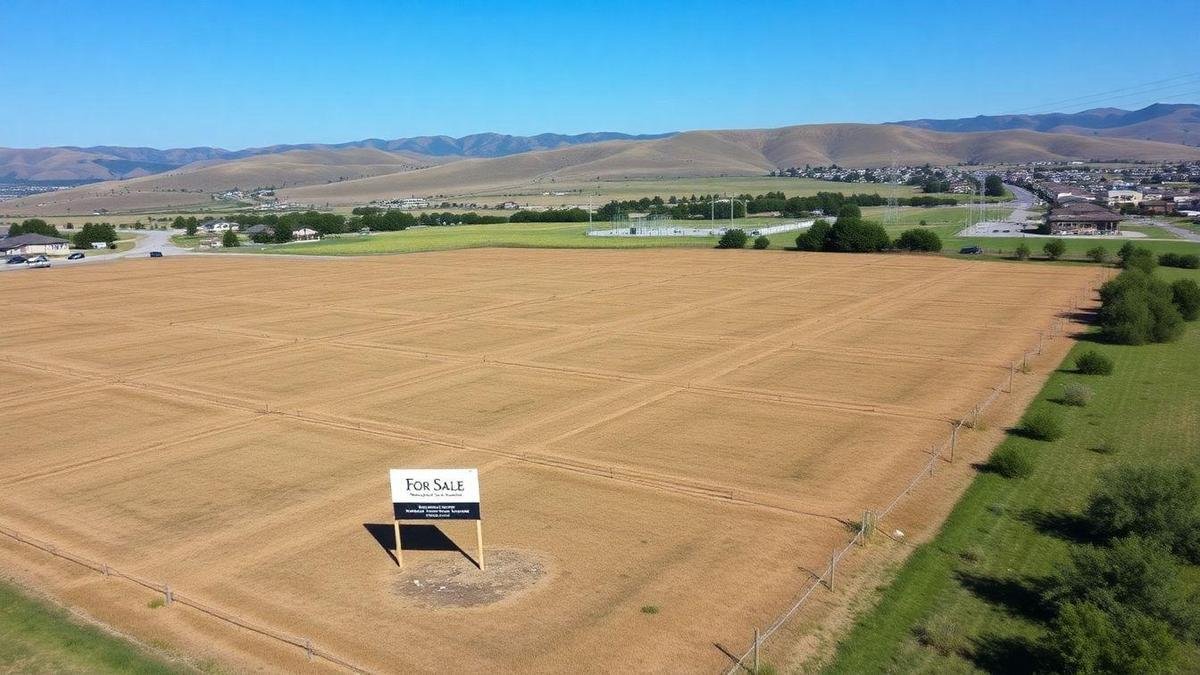
Subdividing Land for Profit
Identifying Profitable Land for Subdivision
To identify profitable land for subdivision, consider several key factors. First, location is crucial. Areas near schools, shopping centers, and public transport often attract buyers. A simple way to gauge potential is by looking at recent sales data in the area. This data can reveal how quickly properties sell and at what price.
Next, zoning regulations play a significant role. Understanding local zoning laws can help determine what can be built on the land. For example, if an area is zoned for residential use, the land can be subdivided into smaller lots for homes, significantly increasing its value.
Lastly, the overall condition of the land should not be overlooked. Factors like topography, soil quality, and access to utilities can impact development costs and timelines. A piece of land that seems cheap at first may require costly improvements, which could eat into profits.
Market Trends in Land Development
The market trends in land development are constantly shifting. Investors should keep an eye on these trends to maximize their investments. For instance, there has been a growing demand for sustainable and eco-friendly developments. Buyers are increasingly looking for properties that minimize environmental impact.
Additionally, urban areas are seeing a rise in mixed-use developments. These combine residential, commercial, and recreational spaces, appealing to buyers who desire convenience. Understanding these trends is essential for anyone considering how to subdivide land in the US.
Below is a table summarizing key market trends:
| Trend | Description |
|---|---|
| Sustainable Developments | Focus on eco-friendly building practices |
| Mixed-Use Developments | Combining residential, commercial, and recreational spaces |
| Remote Work Influence | Increased demand for homes in suburban areas as remote work becomes more common |
Strategies for Successful Property Sales
For successful property sales, several strategies can be employed. First, marketing plays a vital role. Utilizing social media, online listings, and local real estate agents can help reach potential buyers.
Second, staging the property can make a significant difference. A well-presented lot can attract more interest and potentially lead to higher offers. This includes clearing debris, landscaping, and even creating visual plans for what can be built.
Lastly, pricing the property correctly is crucial. Researching comparable sales in the area can help set a competitive price. If the price is too high, it may scare off buyers. If it’s too low, it could lead to lost profits.
In summary, successful property sales hinge on effective marketing, appealing presentation, and strategic pricing.

Resources for Learning How to Subdivide Land in the US
Online Guides and Tools for Subdivision
Learning how to subdivide land in the US can be a journey filled with valuable resources. There are numerous online guides and tools available that can provide insightful information. Websites like Land Academy and BiggerPockets offer comprehensive guides that break down the subdivision process into easy-to-understand steps.
Key Resources:
| Resource | Description |
|---|---|
| Land Academy | Offers courses and templates on land investing. |
| BiggerPockets | Provides articles and forums for real estate investors. |
| Local Government Websites | Often have specific guidelines and regulations for subdivision. |
These platforms not only provide knowledge but also connect investors with experts in the field. Utilizing these resources can make the subdivision process smoother and less overwhelming.
Professional Organizations and Support
Joining professional organizations can be a game-changer for investors. These groups offer support, networking opportunities, and resources that can help navigate the complexities of land subdivision. Organizations such as the National Association of Realtors (NAR) and the American Planning Association (APA) provide valuable insights and connections.
Benefits of Membership:
- Access to educational workshops
- Networking with experienced professionals
- Updates on regulatory changes
Finding Educational Resources for Investors
Investors looking to expand their knowledge on land subdivision should consider various educational resources. Community colleges and online platforms like Coursera or Udemy offer courses focused on real estate and land development.
Recommendations for Learning:
- Books: Look for titles like “The Land Development Handbook.”
- Webinars: Attend sessions hosted by real estate experts.
- Local Workshops: Engage with community events that focus on land subdivision.
By tapping into these resources, investors can build a solid foundation of knowledge that will aid them in successfully subdividing land.
In the End…
In conclusion, understanding the land subdivision process in the US is not just a beneficial skill for investors; it is a vital component of successful real estate development. By following the key steps outlined, from initial planning and consulting with professionals to navigating local regulations and budgeting for costs, investors can significantly enhance their chances of success. Furthermore, being aware of environmental considerations and adopting sustainable practices ensures that development aligns with community needs and ecological responsibilities.
As the real estate landscape continues to evolve, staying informed about market trends and leveraging educational resources will empower investors to make informed decisions. With the right knowledge and approach, they can not only maximize their profits but also contribute positively to the communities they develop.
For those eager to delve deeper into the world of land subdivision, more informative articles await at Land Development Hub.
Eduardo Bugallo, PhD.

No responses yet